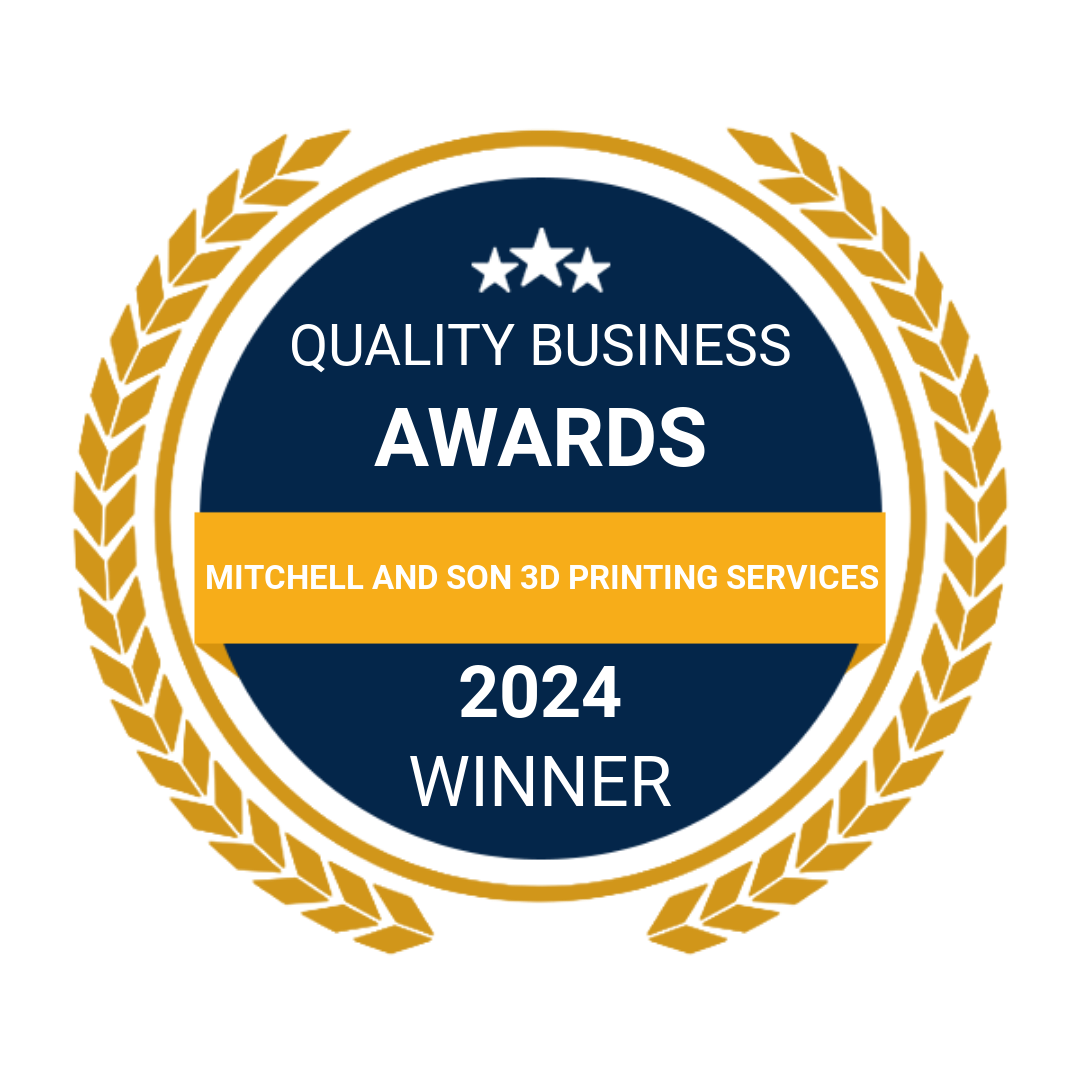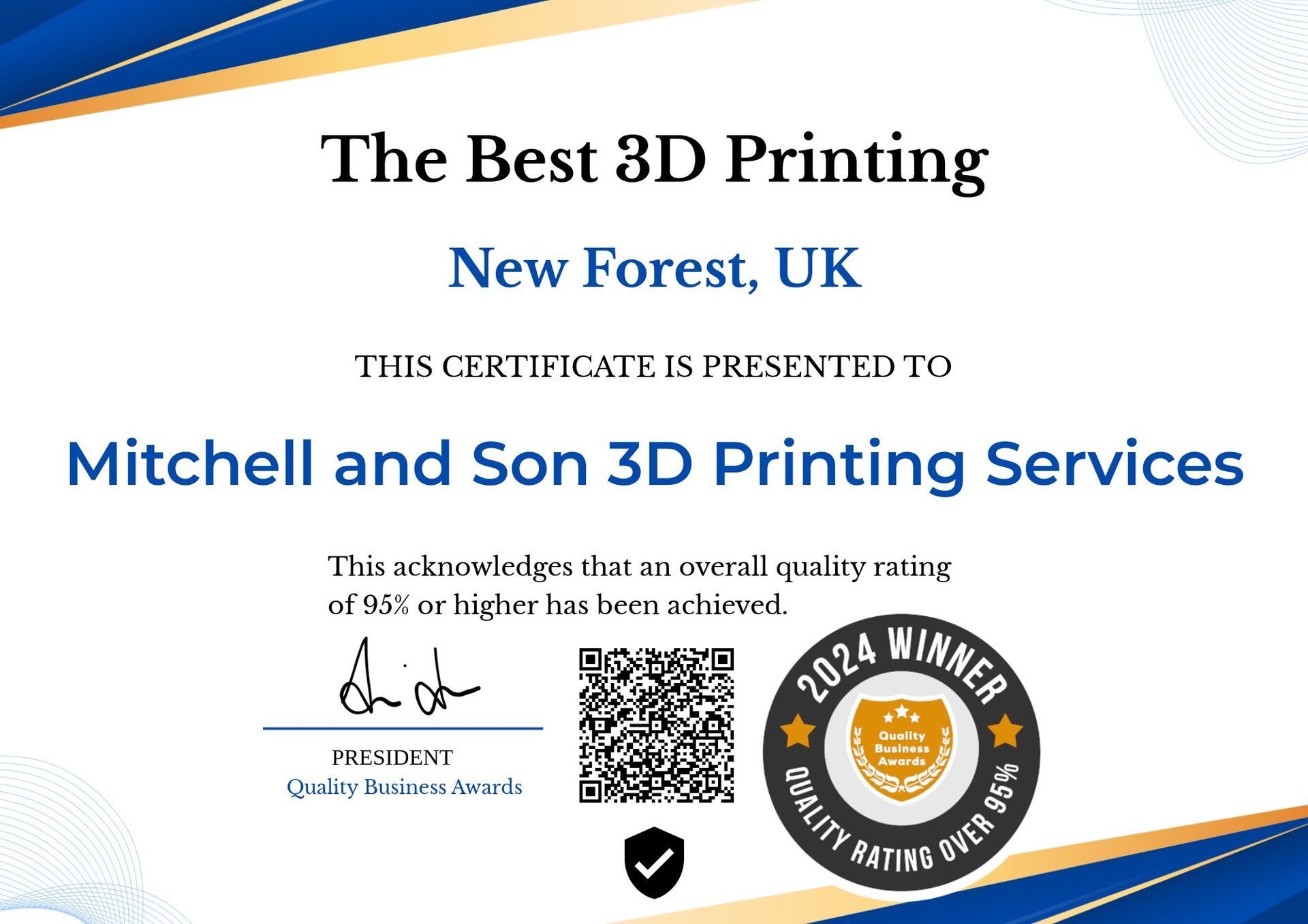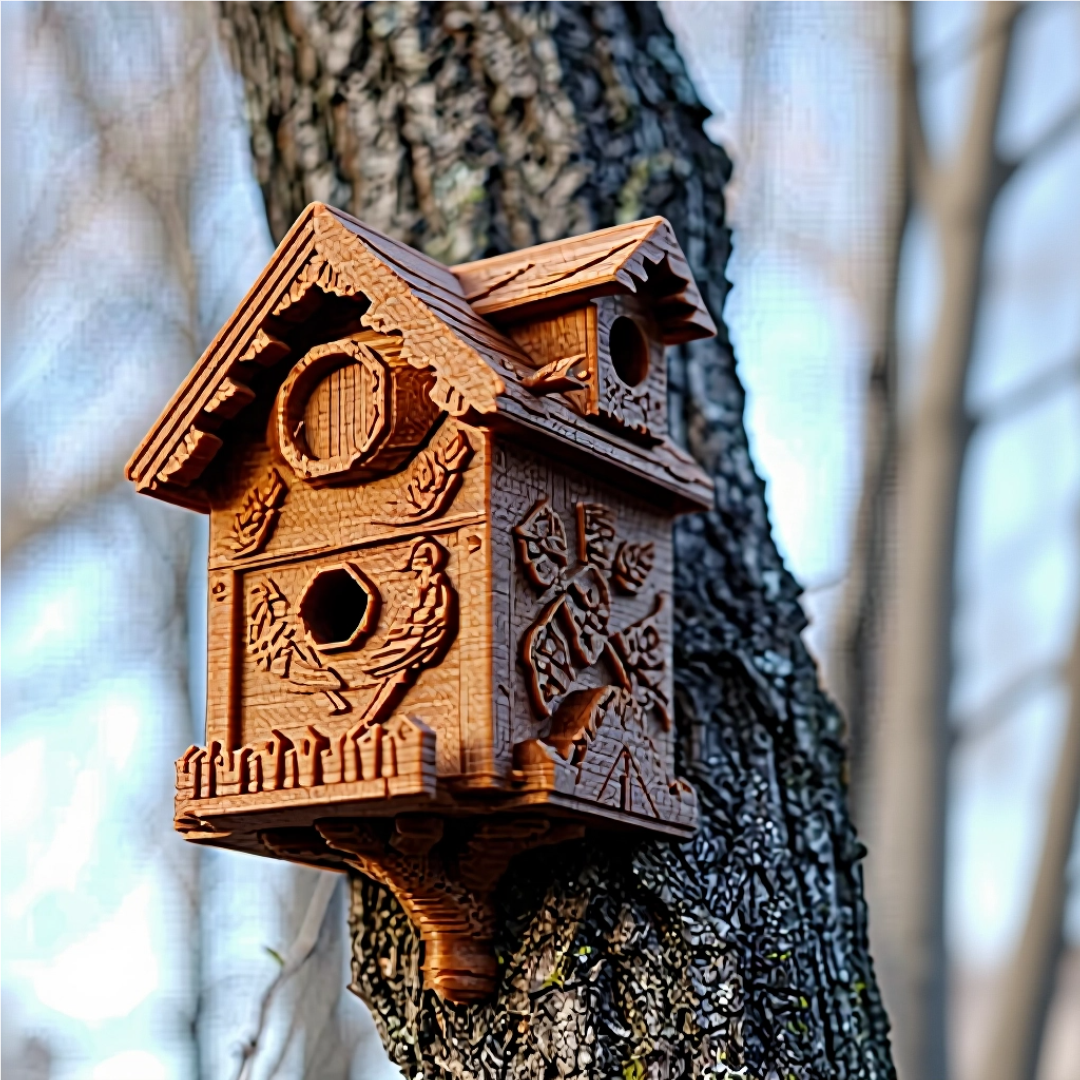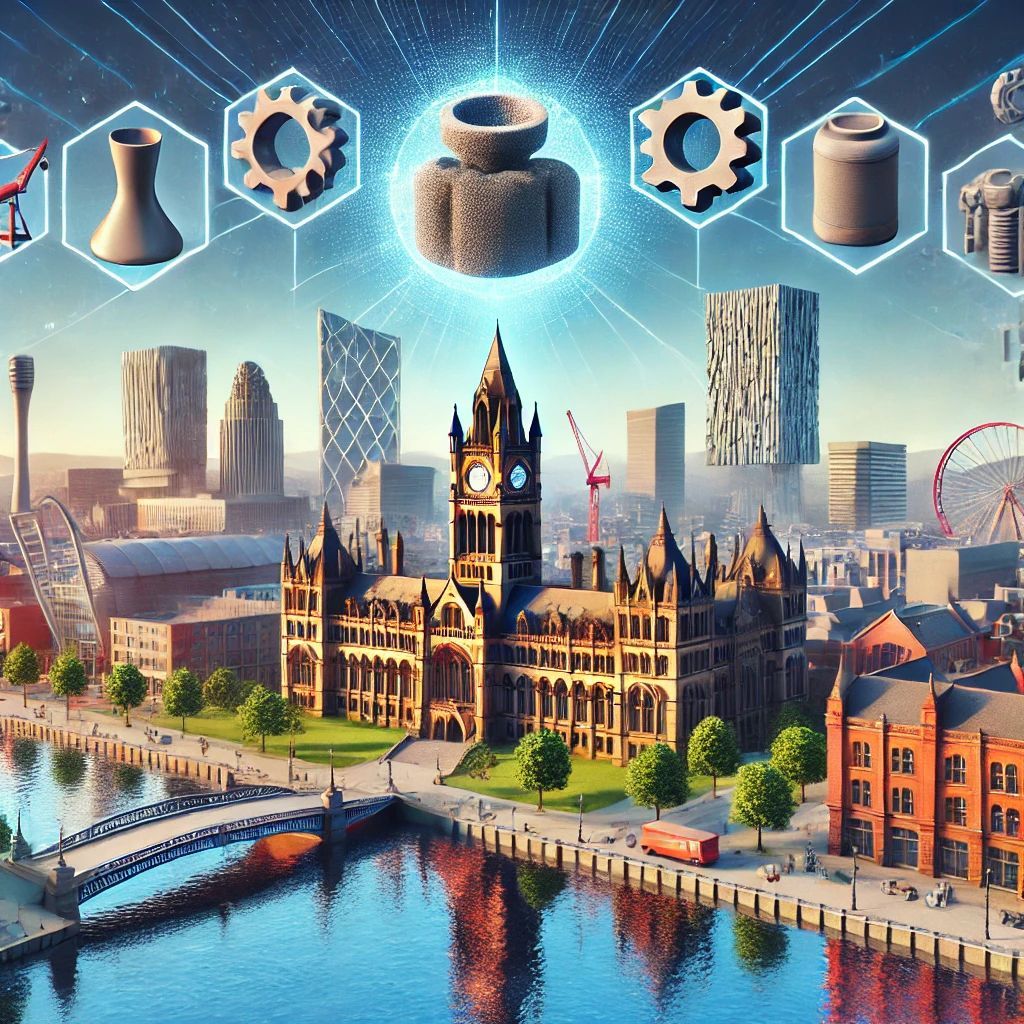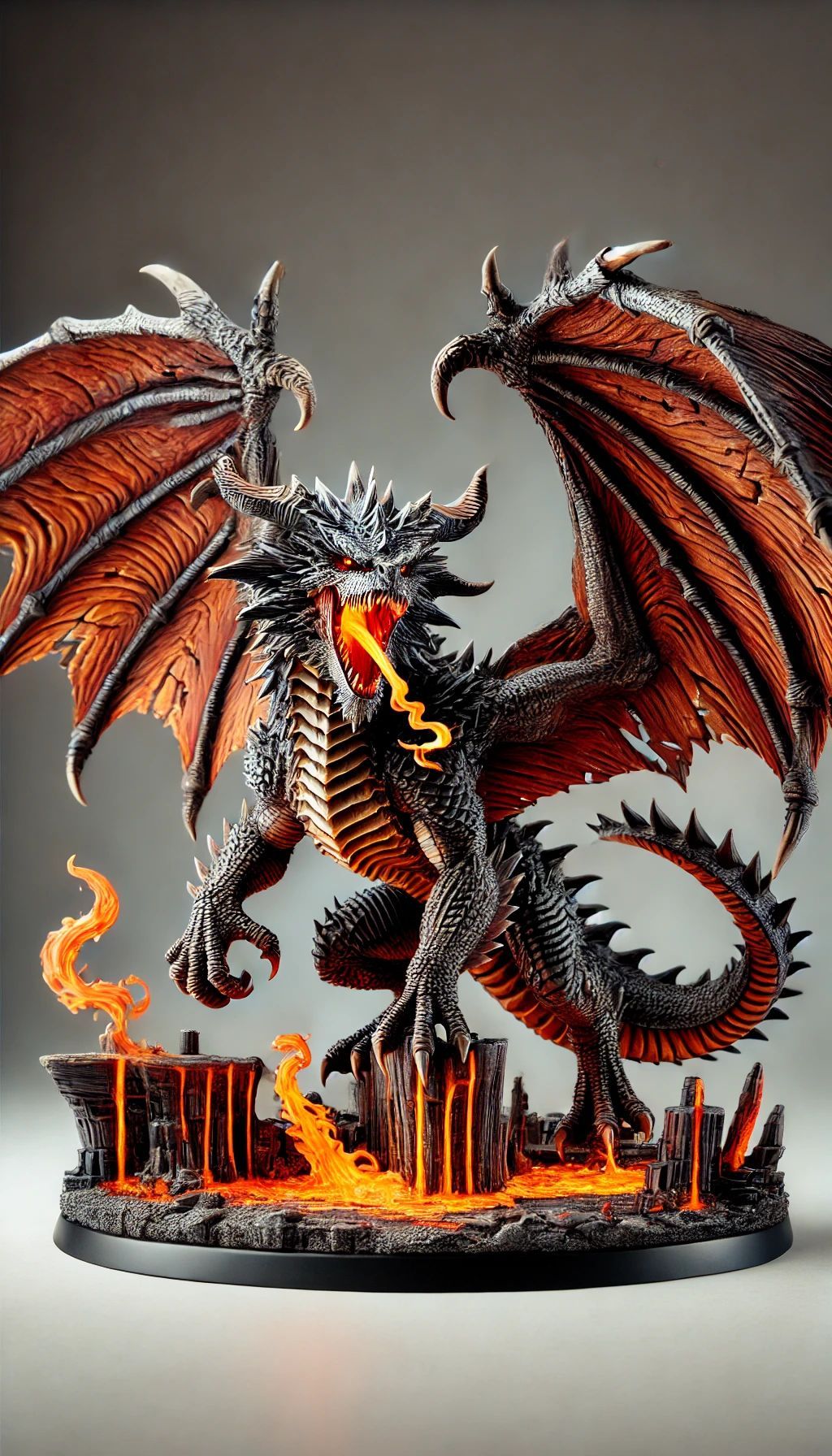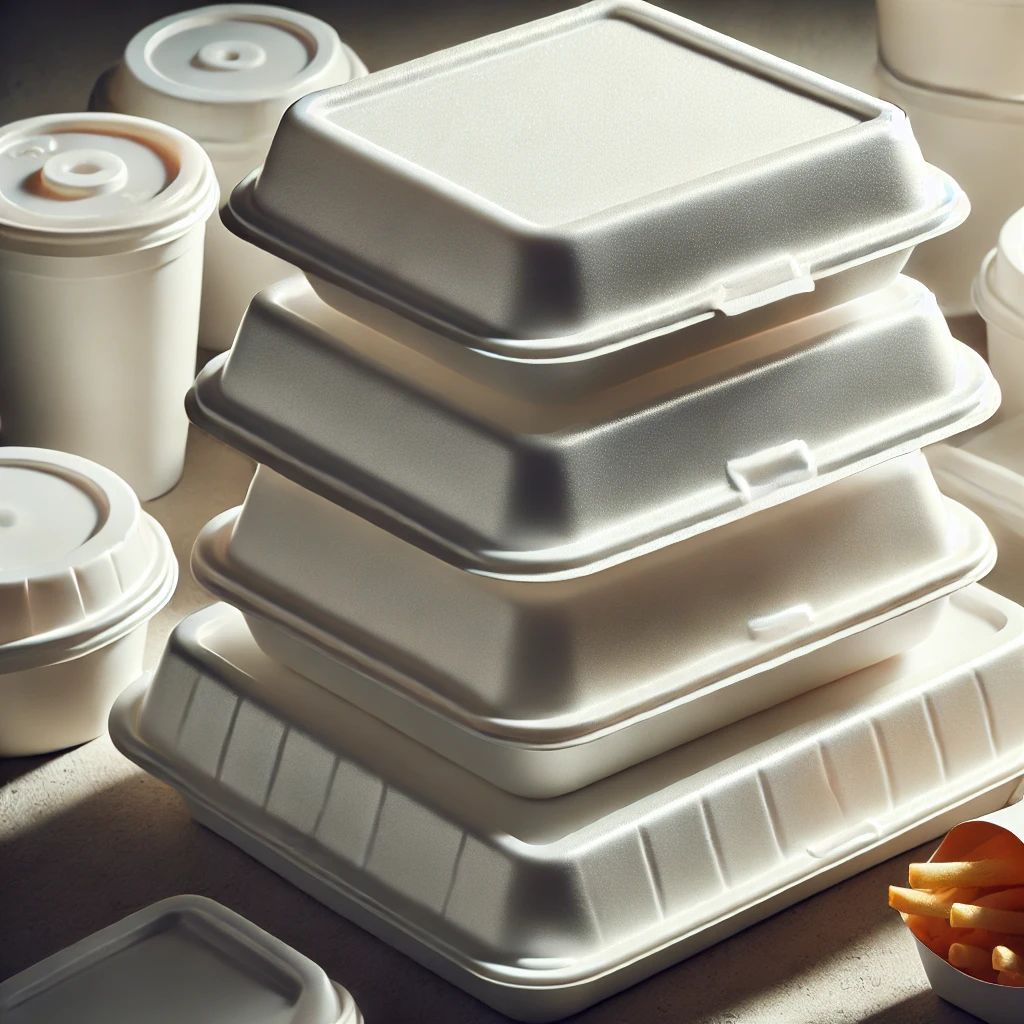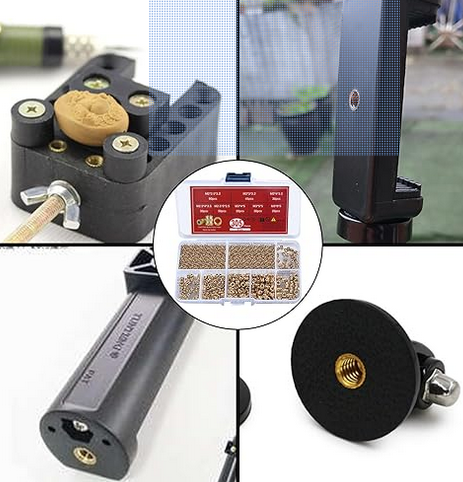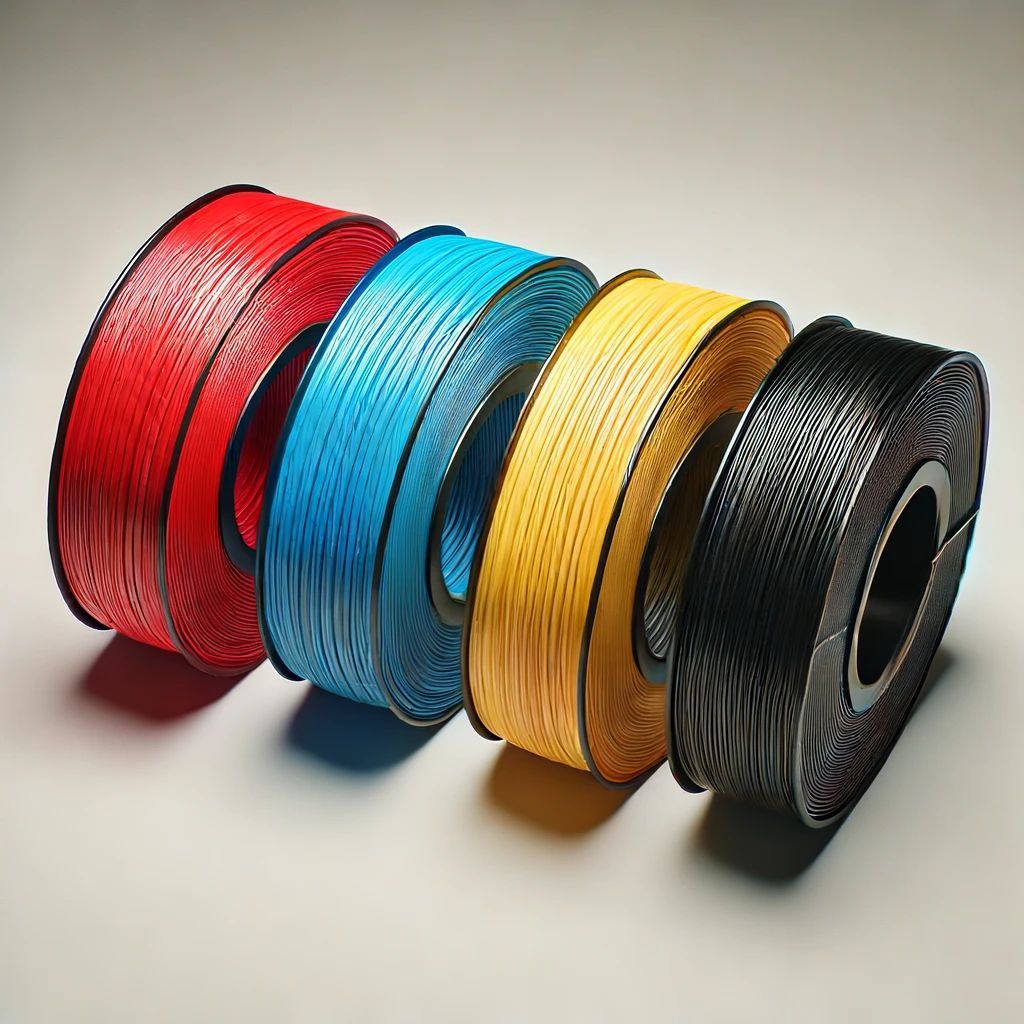Industrial Quality Spare Parts
Benefits of Industrial Quality Spare Parts, Made with State-of-the-Art 3D Printers

In today’s fast-paced world, industrial manufacturing companies must be able to react quickly to changing customer needs and production demands. Companies that can meet the challenge of constantly adjusting to new situations are much more likely to succeed than those that cannot adapt quickly enough. One critical aspect of keeping a production facility up and running is ensuring that there are high quality spare parts available for all machines. Spare parts for any given machine must meet stringent requirements for performance, reliability, safety, ease of maintenance, and cost. The use of 3D printing technology for making industrial spares has many advantages over other methods such as machining or casting. Here are 5 reasons why industrial quality spares should be printed with state-of-the-art 3D printers:
3D Printing Is Time-Efficient
One of the top benefits of 3D printed parts and spares over other methods is that they are much quicker to make. Metal casting, for example, typically takes many weeks to complete as molten metal is poured into molds in a slow, controlled manner. The cooling process for a casting is also slow since the metal has to cool and solidify to room temperature. In contrast, a modern 3D printer can produce the same item in a fraction of the time. With 3D printing, a part is created in just a few hours.
This can be done because there is no need to wait for a molten metal to cool. Instead, a 3D printer sprays tiny droplets of a thermoplastic or other resin material to form a 3D part. Another advantage of 3D printing is that it is quick.
Other manufacturing processes such as casting and machining can take a long time to complete. However, as technology has progressed, the time taken to 3D print a piece of equipment has decreased.
This is because different types of 3D printers with different features have been developed Lastly, 3D printed parts can be produced just in time, or JIT. This is because 3D printers can be programmed to produce small batches of parts. This also has the advantage that parts can be made to the exact production level of the machine they are replacing.
3D Printing is More Eco-Friendly
Another benefit of 3D printed materials is that they are much more eco-friendly than other materials. Castings are made from scrap metal, which means that not only is virgin metal not used, but also that there is a need to find the source of the scrap. Extrusion-based 3D printers use pellets of thermoplastics as feedstock. These are made from recycled materials, so are not only more eco-friendly, but also a renewable resource.
3D printing is that it is environmentally friendly. Other manufacturing processes such as cutting and welding require energy, and the by-products of these processes can be harmful to the environment. With 3D printing there is little or no waste and no harmful by-products.
A 3D printer will use electricity and some other raw materials, but these are recycled when the item is made and there are no harmful by-products.
3D Printing Produces No Waste Or Byproducts
Machining parts, for example, can produce excess heat that would require equipment to cool down and systems to clean up the inevitable chips and swarf. The chemicals used to cool and lubricate the machining process can also be harmful to the environment. In contrast, 3D printing leaves no waste or byproducts. The only source of material needed is the 3D printer’s own build tray. The printer will use this material as needed, and when the part is completed, any remaining material would simply be recycle

3D Printed Parts are Consistent, Which Ensures Reliability
During casting, the quality of the finished part will vary from one casting to the next. If a part is used in a critical application, then even a slight defect could cause the part to fail. To minimize the chance of defects in a casting, you might have to make several castings and choose the best one. This means that even though the defective parts are reworkable, they would add to lead times. When 3D printing a part, there is no need to decide which is the best one since all parts are exactly the same. This consistency in the parts will ensure reliability and reduce the need for rework.
3D Printed Parts Are Lightweight and Strong
Castings have a reputation of being heavier and stronger than their 3D printed equivalents. This is because a casting is supported inside the mold, so there is no need to include support structures in the part to keep it from sagging. In contrast, 3D printed parts will have internal supports built in to keep them from sagging during the printing process. This means that a part printed with a modern 3D printer will be naturally lightweight and strong. In addition, 3D printed parts can be designed with internal stresses that will cause them to be stronger than the original part.

3D Printing Is Economically Efficient
Another advantage of 3D printing is that it is economically efficient. This is because the raw materials used to make items by this method are generally cheaper than the materials used in other types of manufacturing. There is also no wastage, so nothing is wasted during the process of making items with a 3D printer. A disadvantage of 3D printing is that the equipment and materials used are very expensive. This means that it is not an option for small businesses that have low profit margins.
Conclusion
In summary, industrial quality spares should be printed with state-of-the-art 3D printers because they are time-efficient, eco-friendly, produce no waste or byproducts, produce parts that have consistent quality and are lightweight and strong. 3D printed parts are also quick and can be produced just in time and are economically efficient. Finally, 3D printing is environmentally friendly and is also quick.

